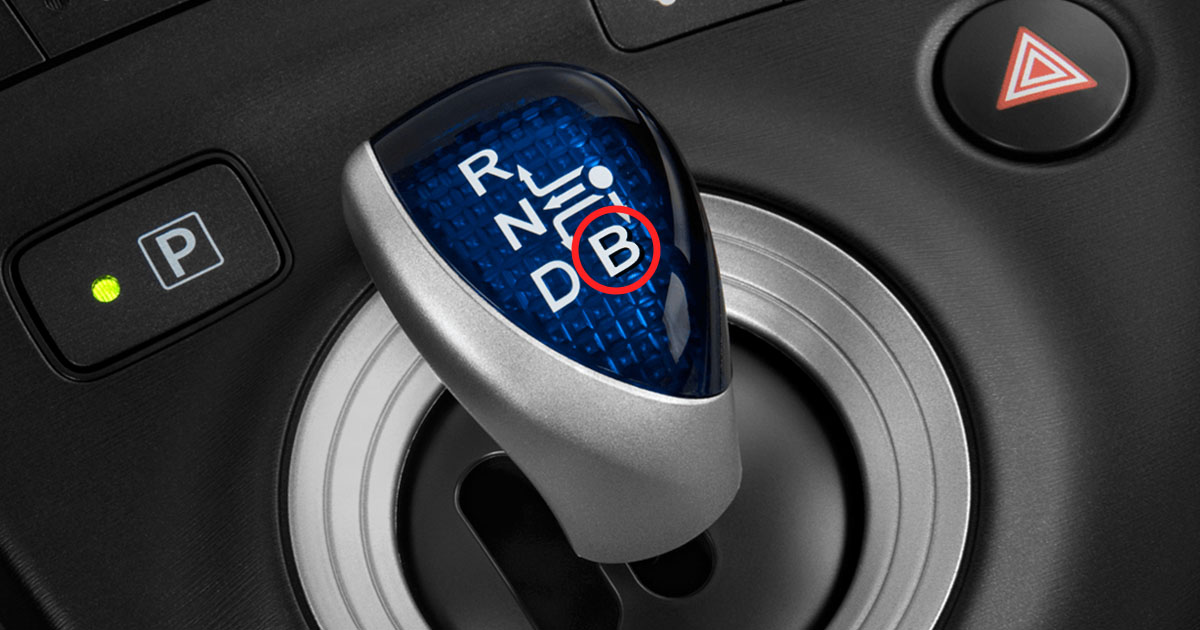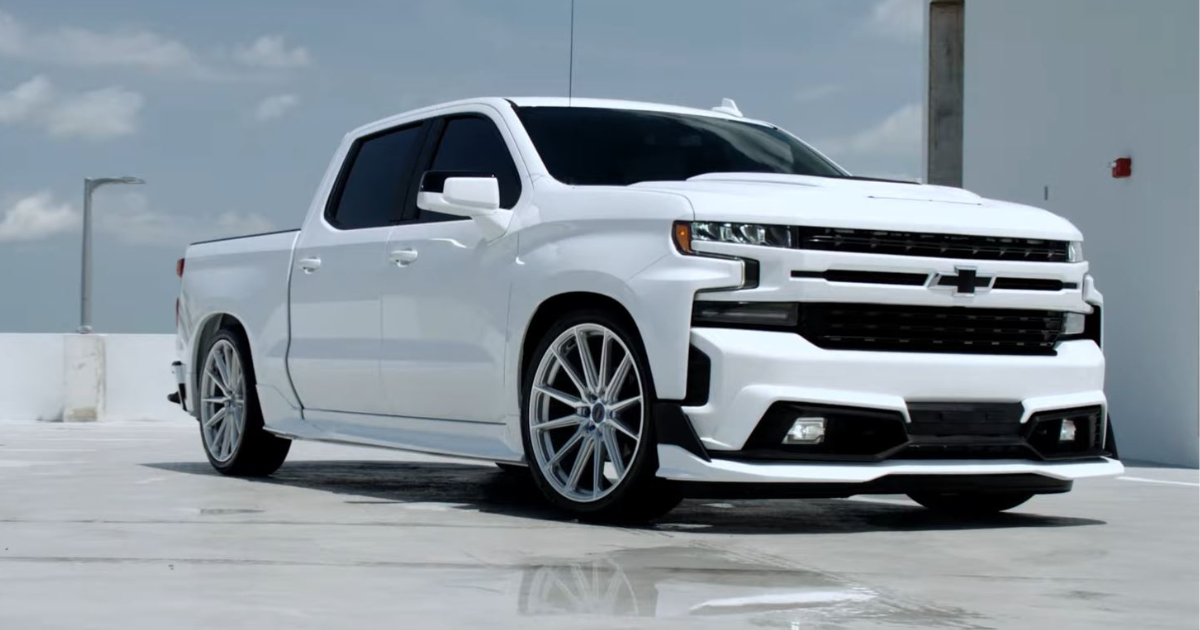
As a driver of an automatic car, you will have noticed the various letters on the gear shift. Not everyone is familiar with the letters, and then specific added modes only add to the confusion. One of the most widespread of these additional modes is ‘S.’
‘S’ is for sport. If you’re driving on twisty country roads and want to keep the RPM up as you wind through corners, the ‘S’ position is where you want to be. In ‘S,’ the transmission holds lower gears longer for more power as you come out of the curves. This gear is for more experienced drivers.
Some Basics You Must Know
The Transmission System
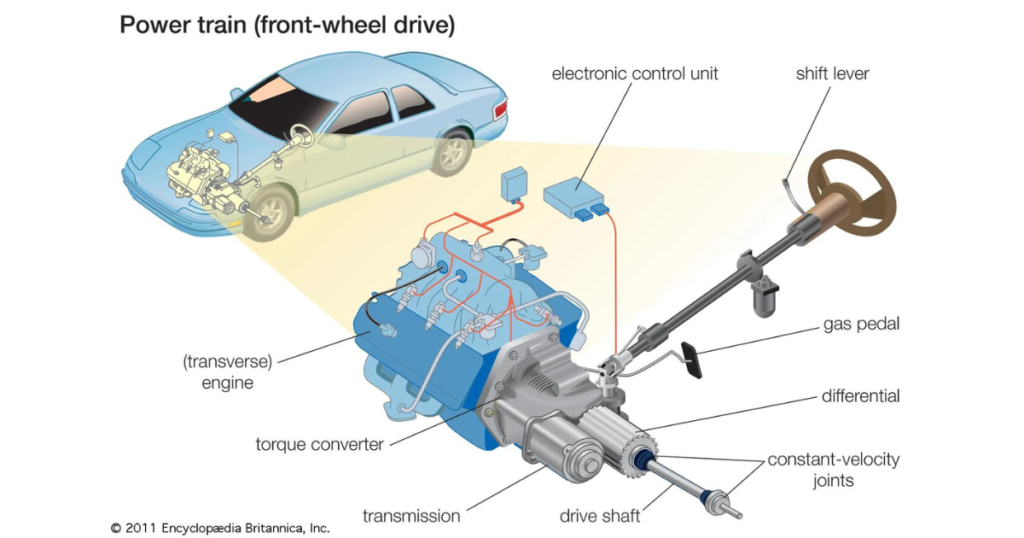
To understand drive modes and gear positions better, knowing what a transmission is and how it works is essential. Also called the gearbox, it enables vehicles to move with their wheels using their power. The transmission is critical for delivering power and torque to car wheels.
Another part, called the crankshaft, converts the rotational motion into torque via the automatic transmission. This is essential to ensure the right amount of power is delivered every time. You will have difficulty keeping the vehicle at the right speed without a transmission because the crankshaft usually spins at around 2,000 RPM. Transmissions also make modern cars eco-friendly and faster in a straight line.
The Automatic Transmission
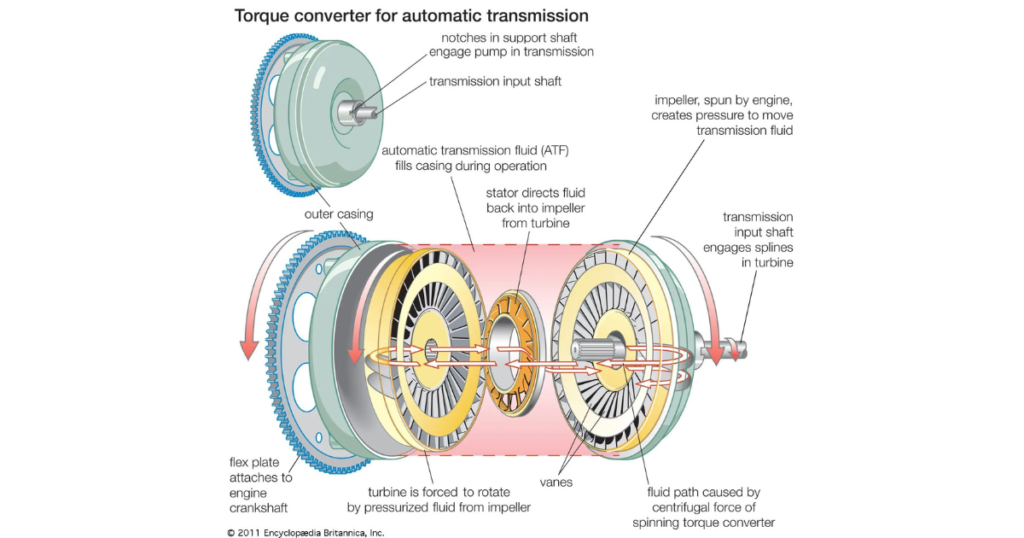
There are several types, and the most common one uses hydraulic power for shifting between gears. Below are some of the most common operations of an automatic transmission:
- In overdrive: the transmission will automatically choose the appropriate gear based on the speed and position of the throttle pedal.
- When accelerating slowly: the shifts will happen at lower speeds than full throttle.
- When to the next lower gear: The transmission will automatically downshift. The transmission will downshift when selecting a lower gear unless you’re moving too fast. The system will wait until the vehicle slows down before downshifting.
- When shifting to the second gear: it will remain in that shifting position even when stopping unless you use the gear selector again.
Know Your Automatic Gear Letters
P (Parking): The park position is the starting position as you board your vehicle. Park means the transmission is disengaged from the engine, which means your car can’t move. However, the vehicle’s non-driven wheels can move. That is why we recommend using the hand brake since this locks the back tires and keeps them from moving.
R (Reverse): With the Reverse gear engaged, your car will move backwards once you step on the gas pedal. Engaging R requires the car to come to a complete halt in the same way as P.
D (Drive): While in D, the transmission will automatically shift through its gears with increasing speed. The car will also have better acceleration.
N (Neutral): Here, the gearbox is disconnected from the wheels. As a result, the automobile may travel freely under its weight. Mostly, it comes into play when you need to tow your vehicle or use a drive-in car wash. The only modes you can start your engine are N and P.
L(Low Gear): This effectively locks the gearbox in the first gear. In mud, this selection is advantageous. The car will have more control and braking power. So, it is efficient if you travel uphill and carry heavy goods simultaneously.
Caution is advised: The tires may slide under the additional torque since the engine is limited to first gear.
M (Manual Mode): This mode allows you to manually shift gears instead of letting the automatic system do it for you.
O/D (Overdrive): This is the highest gear in the gearbox. The automatic transmission in most automobiles has three speeds, with overdrive as the fourth. Overdrive allows the engine to run at a lower rpm while maintaining a higher speed, improving fuel economy.
The S Gear
It stands for ‘sport.’ Shifting to this gear allows the car to hold the low transmission settings longer than usual. This results in the car seeking more power, which can be ideal during situations like making sharp turns. When you shift the gear selector to S mode, the transmission will be locked to the two lowest gear settings.
This configuration improves the throttle’s sensitivity response and gives a more dynamic driving experience. The vehicle’s RPM will have a faster uptick than the standard D or Drive mode.
Difference Between ‘D’ And ‘S’ Modes
The car’s features are typically not pushed beyond their limits in D. On the other hand, the ‘S’ mode often boosts the performance of automatic transmission vehicles. However, this shift setting’s continuous and/or frequent use might damage the car. Shifting between the different gears on an automatic car is not generally problematic. But vehicles like the Chevy Suburban sometimes don’t shift gears on command.
Benefits Of ‘S’ Mode
- Increased throttle response.
- Quicker acceleration.
- Higher RPM shifts.
- Tighter steering.
- Increased torque.
- Increased power output.
Drawbacks Of ‘S’ Mode
Increased Fuel Consumption
The increased RPM causes the engine to use more fuel. In this way, switching to Sports mode will immediately decrease fuel efficiency.
Reduced Engine Life
Remember that an engine’s typical lifespan is approximately 8 years or 150,000 miles. It can be shortened if the ‘S’ gear is used excessively. Some vehicles, however, are built to withstand the strain of constant use. Preventing the engine from wearing out early can save much money on repairs and/or replacement.
Unusual Sounds
Using Sport mode in your car may or may not cause the vehicle’s sound to be louder than usual. Because of the more aggressive response, some vehicles may have louder-than-usual throttle performance. However, some automatic automobile owners may only hear cracking or sputtering from their throttles when changing to this mode.
When to Use the S Gear?
Making Turns
As mentioned, shifting to the ‘S’ gear can be ideal for sharp turns. This makes RPM climb faster than usual, providing faster responses. Also, driving in ‘S’ gear might be perfect when driving on the highway due to the additional power it provides, making overtaking other cars smoother.
Overtaking on the Highway
It would do the driver well to remember that the performance of each vehicle’s sports mode varies. In other words, some cars may reach faster speeds than others in their respective ‘S’ modes.
What To Do When ‘S’ Gear In Car Doesn’t Work?
If you encounter a problem in shifting to the ‘S’ mode, it often means the transmission is not allowing proper gear changes. The cause might be a lack or absence of transmission fluid. Make sure only to use your car manufacturer’s recommended transmission fluid. Using the wrong kind can result in overheating, poor lubrication, and even transmission failure.
Note: Adding transmission fluid to a vehicle differs per car; check your owner’s manual to ensure the correct steps for this procedure.
Step-by-Step to Changing Transmission Fluid:
- Open the hood to expose the engine.
- Start the car and let it run for a few minutes to warm up the engine.
- Locate the transmission fluid dipstick and take it out. Temporarily, set it aside.
- Place a funnel into the hole.
- Slowly pour in the transmission fluid.
- Let the fluid flow down and mix well in the transmission system for about 30 seconds.
- Remove the funnel and return the dipstick.
Which Cars Have the Best Sports Mode
Volvo V60 Polestar

With its “Sport Plus” mode, the Volvo V60 Polestar stands out. Push the shifter forward and keep it there, then tap the left paddle twice to access this gear. When you do this, the car’s existing sport mode gets a modest performance bump.
However, if the driver tilts the shifter to the left, they can still engage the vehicle’s usual sport mode. Some of the car’s systems benefit from this adjustment, including the steering, throttle, and exhaust.
Cadillac CTS V-Sport
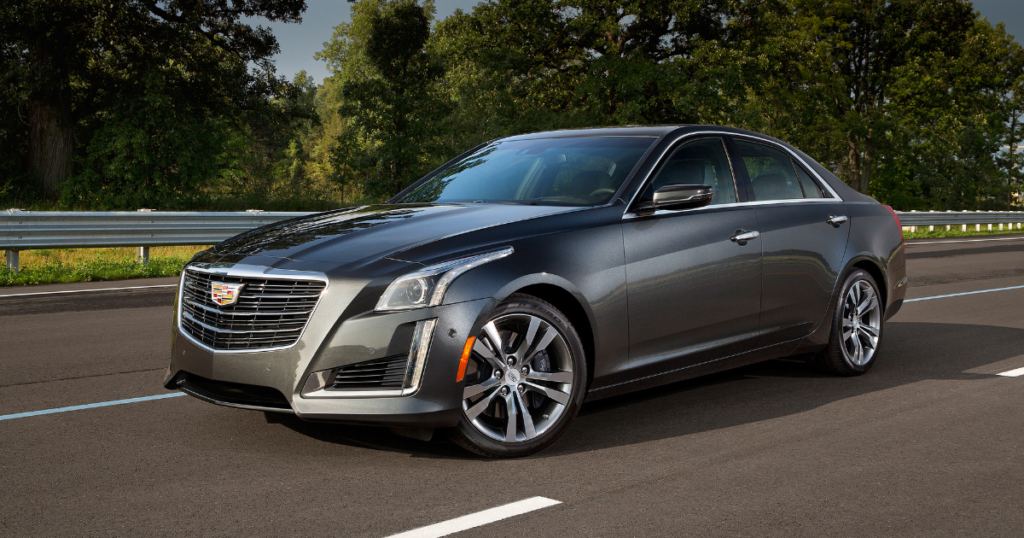
According to several reviews, the vehicle’s sport mode makes the steering responsive and precise. The CTS V-Sport’s improved suspension performance means that even driving on rough roads may feel comfortable.
Subaru WRX
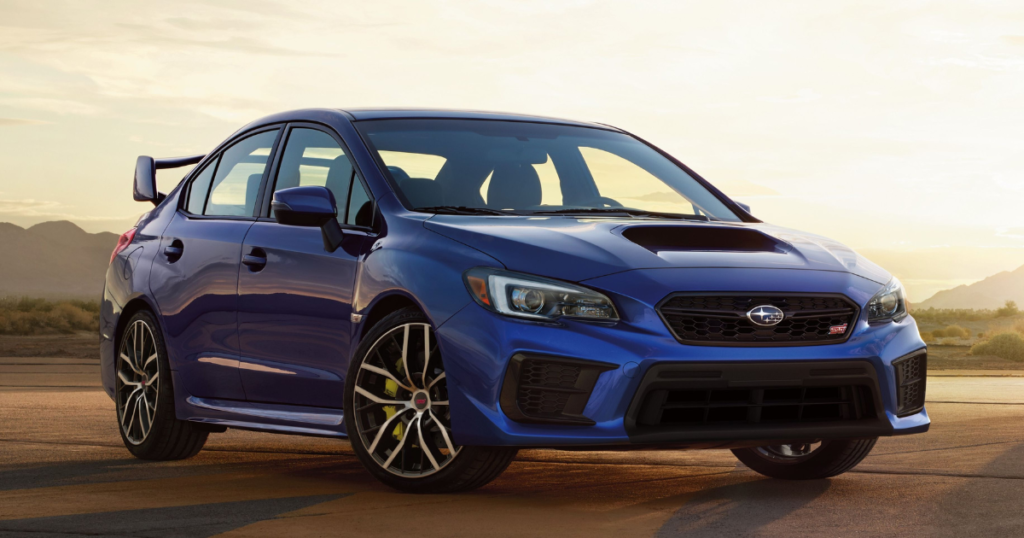
The Subaru WRX has two sports modes instead of just one. The WRX features a Sport Sharp (‘S#’) mode and the usual ‘S’ gear. To get the most out of your car’s engine and transmission, set it in “S#” mode. This mode’s steering and throttle response gives drivers more precision and command.
Additionally, paddle controls let the driver select one of eight transmission modes. With the optimum amount of control at their disposal, WRX drivers can confidently take on winding roads as easily as they would a freeway.
Ford Fiesta ST

The Ford Fiesta STs may not have the quietest sports settings in the car industry, but it makes up for the extra noise with improved performance on the highway. In the ‘S’ gear, the vehicle’s steering, throttle response, and engine mapping are all enhanced for the driver’s convenience.
If the exhaust bangs or pops a few times, the sport mode on this car is engaged. In addition, the steering becomes heavier than usual, improving control in various driving situations.
Frequently Asked Questions:
Q: Can you shift from Sports mode to Drive mode while driving?
A: Yes. You can shift from “S” to “D” while driving. This will not damage your car or put you in danger. You are basically only changing the shift patterns and fuel mapping. Just do not floor the gas pedal while switching gears.
Q: Does Sports mode consume more gas?
A: Yes. Shifting to Sports mode means switching to more performance-oriented throttle and transmission settings, causing the engine to rev higher and longer. This means greater gas utilization than a regular operation.
Q: Does Sports mode add more horsepower?
A: While the car feels more responsive, Sports mode does not increase horsepower more than the maximum. All that happens is that the engine becomes very responsive to the throttle, which means optimized timing for performance and less pedal travel.
Q: Can you use Sports mode in snowy conditions?
A: No. Avoid sports mode in snow and other challenging driving conditions. Use snow or ice mode instead if your vehicle has it. Otherwise, use the four-wheel or all-wheel drive for snow traversal.
Conclusion:
The letter ‘S’ usually indicates the sport setting for an automatic transmission vehicle. In terms of acceleration and torque, it gives car systems more performance and power. However, be aware that prolonged use of this mode has been linked to diminished fuel economy and engine durability.

